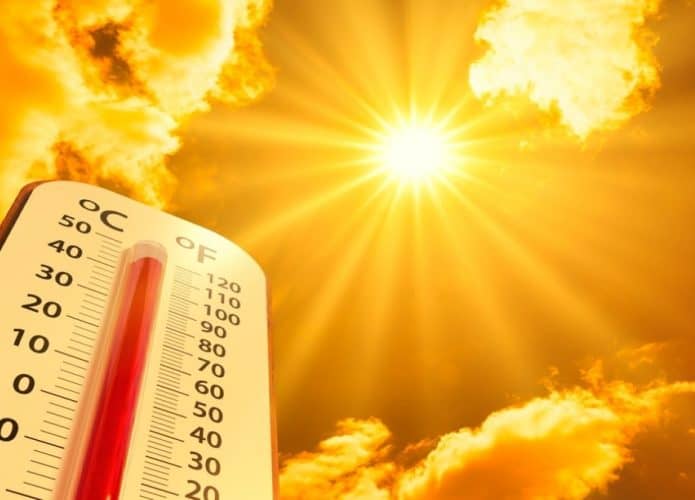2023 was considered the hottest year in 125 years, but this was not even the most alarming record for humanity. The worst will be reached on November 17, when the planet reaches a maximum degree of warming, exceeding the 2°C warming threshold for the first time.
According to preliminary information from ECMWF's ERA5 reanalysis product, the planet's temperature was 2.06°C above the pre-industrial average, from 1850 to 1900, and 1.17°C above the 1991 average. Until 2020, this is the largest increase on record. Learn more details about the topic and the consequences of this global warming in this article.
Read more
What is defined in the Paris Agreement?
First, let us understand what is the central point of the Paris Agreement. The event was held in 2015 and included representatives from 195 countries around the world, with the main commitment to reducing greenhouse gas emissions.
Thus, through the Paris Agreement, the aim was to limit global warming to always remain well below 2°C above pre-industrial levels and, if possible, limit temperature rise by up to 1.5°C.
Does this mean, in this case, that we have failed to agree?
The wisest answer is: not yet. After all, the record temperature anomalies recorded, above 1.5°C and 2°C, in 2023 refer to daily anomaly data. In other words, they indicate a temporary state of the planet, even if recorded over several days.
In the Paris Agreement, what was decided will be exceeded if this temperature continues for more than a full year in reality. On the other hand, the numbers recorded for several days are a warning that we are very close to these longer and longer extended periods.
After all, the more 1.5°C and 2°C warming is exceeded daily, the closer the world is to exceeding these marks in the long term, which would bring very severe changes to the planet. See what they are below.
What are the consequences of a threshold higher than 2°C?
As a result, science reveals that managing the impacts of global disruption tends to become increasingly difficult and expensive. So that some planetary systems suffer irreversible damage.
The United Nations Climate Science Panel predicts that most of the planet's coral reefs will die as temperatures rise beyond 1.5 degrees Celsius; Tropical mountain glaciers and parts of the Antarctic and Greenland ice sheets will collapse irreversibly, and Pacific island states will disappear under the waters. Here in Brazil, parts of the northeast can become desert.
Furthermore, the IPCC reveals that sea levels could rise, the extinction of some vertebrate animals, the extinction of many plant species, ecosystems could become biomes, wheat production in the tropics decreased, coral reefs decreased and many Other consequences.

“Wannabe internet buff. Future teen idol. Hardcore zombie guru. Gamer. Avid creator. Entrepreneur. Bacon ninja.”

